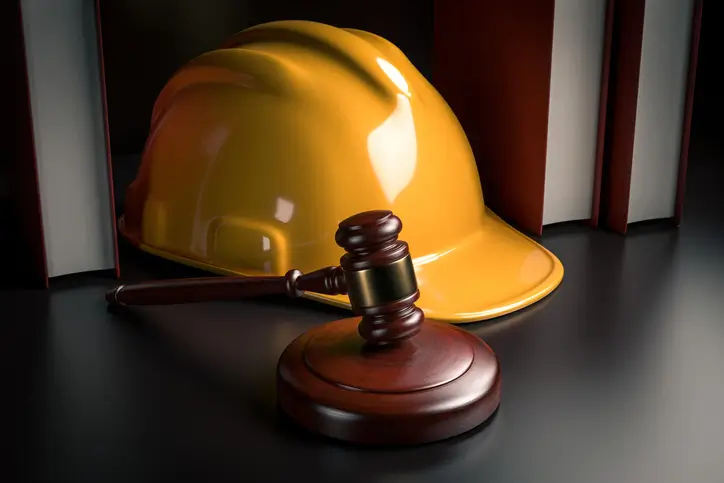OSHA Scam Alert: Protect Yourself from Fraudulent Calls
The Occupational Safety and Health Administration (OSHA) plays a crucial role in ensuring workplace safety across the United States. OSHA representatives often communicate with businesses to ensure compliance with safety regulations and address workplace hazards. However, in today’s digital age, scammers have found ways to exploit this legitimate communication channel for their deceitful purposes. Nowadays, OSHA scams have become extremely common.
Suppose you receive a call from someone claiming to be from the OSHA, urging you to take immediate action to address safety hazards, so you should proceed with caution. While OSHA is a legitimate government agency responsible for ensuring workplace safety, there have been reports of scams targeting businesses and individuals. However, in this article, you will read about the OSHA scam phenomenon, particularly the hazard communication scam, and discuss why OSHA might call you legitimately.
Beware of OSHA Scams: Protecting Your Business from Fraudulent Tactics
The OSHA scam involves fraudsters posing as OSHA officials, often contacting businesses via phone or email. These scammers typically inform the target that they have identified severe safety violations or hazards in the workplace. They then demand immediate action or threaten severe penalties, including fines or shutdowns, if corrective measures aren’t taken promptly.
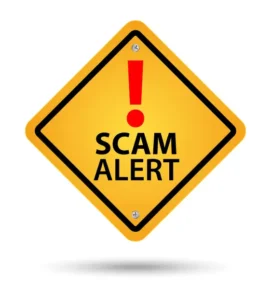
The OSHA Hazard Communication Scam: Protecting Your Business from Fraudulent Claims
One common variation of the OSHA scam revolves around the OSHA hazard communication scam, it is a critical aspect of workplace safety. Hazard communication standards require employers to inform employees about chemical hazards present in the workplace. Scammers take advantage of this requirement by claiming that a business is in violation of these standards, even if it isn’t. The scam often unfolds as follows:

- You receive a call or email from someone claiming to be an OSHA inspector.
- They assert that your business is not compliant with hazard communication standards and is endangering the safety of employees.
- The scammer insists that immediate action is needed to rectify the alleged violations, often by purchasing expensive and unnecessary safety equipment or consulting their “preferred” vendors.
- They threaten you with substantial fines or even legal action if you fail to comply promptly.
It’s essential to be aware that OSHA would never contact a business in such a manner. Legitimate OSHA inspections are typically scheduled in advance or initiated in response to a specific complaint or incident.
Identifying OSHA Scams: Red Flags to Watch Out For
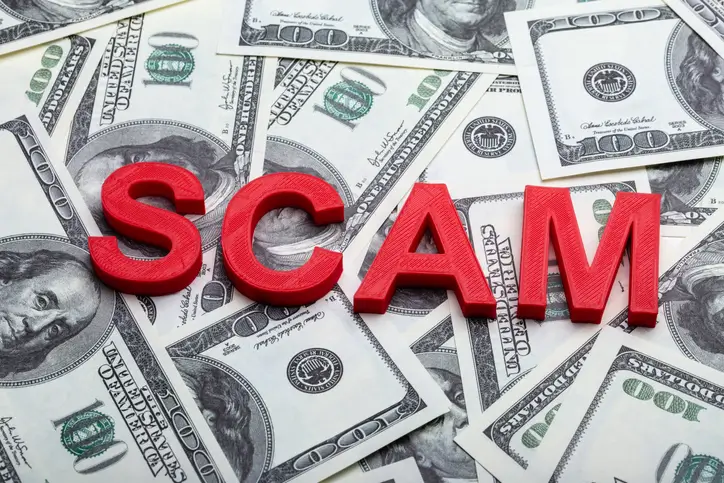
Recognizing the signs of an OSHA scam can help you avoid falling victim to fraudulent schemes. Here are some red flags to watch out for: Unsolicited calls or emails: Legitimate OSHA interactions are typically initiated by the employer or in response to a specific incident, not by unsolicited contact.
High-pressure tactics: Scammers often employ fear and intimidation to prompt you into taking immediate action. They may threaten severe consequences if you don’t comply. Payment requests: OSHA does not charge businesses for compliance assistance or inspections. Be cautious of anyone requesting money to address alleged violations.
Lack of proper identification: Scammers may provide false or vague identification information. Always verify the legitimacy of the caller or email sender.
Four Reasons It Might Be A Scam:
Here are some reasons the caller might be scamming you.
1. A Red Flag for Small Businesses: Unlikely OSHA Scrutiny
One telltale sign that an OSHA call might be a scam is if you operate an exceedingly small business with fewer than 10 employees. OSHA primarily focuses its resources on overseeing larger businesses that pose more significant safety risks due to their scale and workforce. Smaller businesses often do not require the same level of scrutiny. If you receive a call from someone claiming to be from OSHA and your business falls into this category, it might be an alarming sign for you.
2. Language and Origin: Clues to Spotting a Potential Scam
Language is one of the most powerful indicators of authenticity. If the caller speaks in broken English or has a heavy accent that is inconsistent with your expectations for a government agency, it could be a red flag. OSHA scams often happen from outside the USA. Scammers from other countries sometimes pose as OSHA representatives to defraud businesses. Always verify the caller’s credentials, and if in doubt, request their name and contact information to follow up independently.
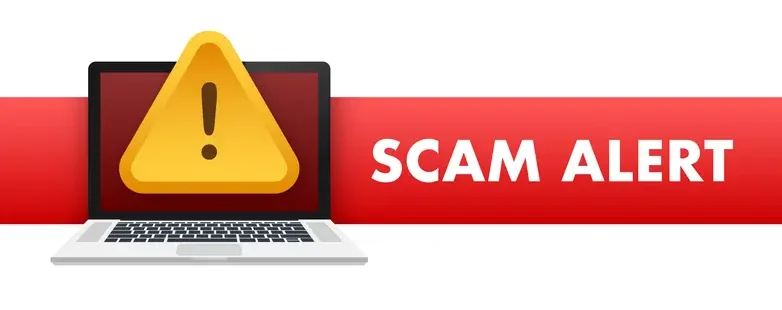
3. Never Share Sensitive Information: Protecting Your Business from Fraudulent Requests
A genuine OSHA representative will never ask for compensation or request sensitive information like your social security number, credit card details, or banking information over the phone. Scammers often use these tactics to trick businesses into making payments or disclosing confidential information. If you encounter such requests during an OSHA call, it’s a strong indication that it’s a scam.
4. Understanding OSHA’s Communication Practices: A Guide to Legitimate Contact
OSHA contacts businesses primarily to address violations, conduct inspections, or offer guidance on safety compliance. If you are confident that your business has not violated any OSHA protocols, and you receive a call claiming otherwise, proceed with skepticism. A legitimate OSHA representative will provide clear information regarding any violations and steps required for correction.
Proactive Safety Measures: Protecting Your Business from Scams and Hazards
While it’s important to be vigilant against potential OSHA Scams, the best way to protect your business is to ensure compliance with safety regulations from the outset. Here are some steps to help you stay safe from scams and maintain a safe workplace:
1. Staying Informed and Proactive: Key to Preventing OSHA Violations
Stay informed about OSHA regulations and requirements relevant to your industry. Train your employees on hazard communication and workplace safety to prevent potential violations. Enroll them in courses like New York OSHA 30-hour construction to get them to comply with the authority’s regulations. Familiarize yourself with hazard communication requirements, safety standards, and protocols that apply to your specific business.
2. Verifying the Caller’s Identity: Protecting Yourself from Scams
If you receive a call from someone claiming to be from OSHA, request their name, contact information, and the reason for their call. Inform them that you will call OSHA’s official number (found on their website) to confirm their identity. Never divulge personal or financial information over the phone or via email with unsolicited callers. Ask for the caller’s name, contact information, and the reason for their call. Legitimate OSHA representatives should be willing to provide this information.
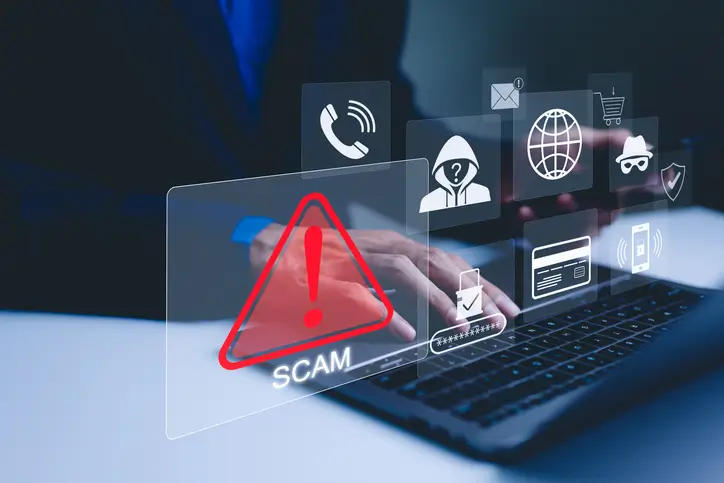
3. Documenting Interactions: A Crucial Step in Protecting Your Business
Keep a record of all interactions with OSHA representatives. This includes notes from phone conversations, emails, and any written correspondence. This documentation can be invaluable if you ever need to verify the legitimacy of a call. If you receive a suspicious call or email, make a record of the date, time, and details of the conversation or message. This information may be helpful if you need to report the incident.
4. Investing in Safety Training: A Proactive Approach to Workplace Compliance
Consider enrolling in OSHA courses or partnering with OSHA-approved training providers to ensure your workplace complies with safety standards. These courses can help you understand and implement necessary safety protocols. OSHA conducts outreach programs and training to educate employers and employees about safety regulations. You might be contacted as part of such programs, but again, this would not involve coercive tactics
Conclusion
Finally, it is important to understand that OSHA scams, such as the hazard communication scam, are unfortunately common, and it’s essential to remain vigilant. Understanding the red flags of a scam and knowing why OSHA might contact you legitimately can help protect your business and employees from fraudulent schemes. However, always prioritize safety in your workplace, but make sure you do so with authentic and genuine guidance, not on the threats of scammers. Always prioritize safety in your workplace, but do so based on legitimate information and guidance, not the threats of scammers. Beyond that, enroll in courses like OSHA 10-hour construction and OSHA 30-hour construction to stay on the right side of the law.


